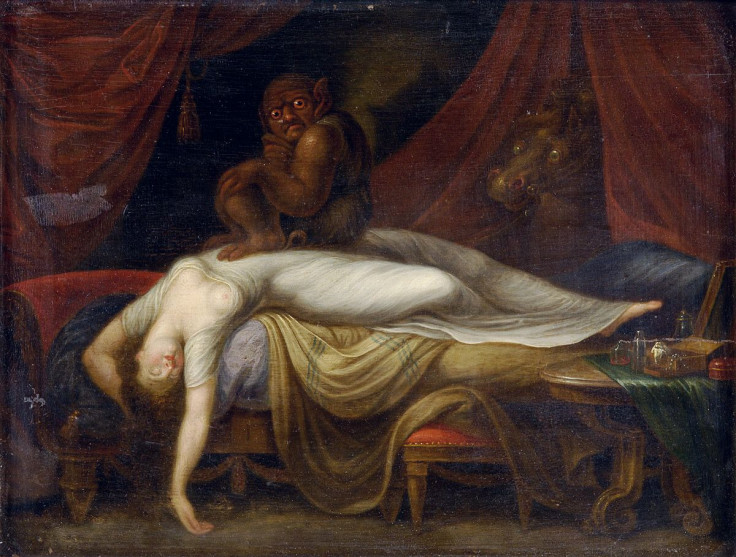What Do Dreams Mean? Nightmares Have Greater Emotional Impact Than Bad Dreams Do

Fear isn’t always the driving force behind nightmares and bad dreams, new research from the University of Montreal suggests. Instead, it’s most often emotions like guilt, sadness, disgust, and confusion — a discovery that, along with other findings in the study, could contribute to how we understand and treat the emotional basis of nightmares. The study of dreams remains an elusive research field.
Psychologists Genevieve Robert and Antonio Zadra aimed to differentiate the content and cause of nightmares, bad dreams, and "ordinary" dreams. They had 572 people write their dreams down in a journal for five weeks, immediately after waking up. The material provided Robert and Zadra with a “dream repository” that ranges from pages of extremely detailed stream-of-consciousness passages to one or two brief lines. The researchers then classified and analyzed the narratives of about 10, 000 dreams: 253 of which were nightmares and 431 bad dreams.
Roberto and Zadra distinguished nightmares from bad dreams by what the dreams contained. “Physical aggression is the most frequently reported theme in nightmares,” the study found. “Nightmares become so intense they will wake you up. Bad dreams, on the other hand, are especially haunted by interpersonal conflicts.” They found that death, health concerns, and threats were the most common themes in nightmares and that while nightmares and bad dreams share some of the same negative traits, nightmares have a greater emotional impact.
Trauma from everyday life can drive nightmares, which in turn causes insomnia. “People who have frequent nightmares may fear falling asleep — and being plunged into their worst dreams," Zadra said. "Some nightmares are repeated every night. People who are awakened by their nightmares cannot get back to sleep, which creates artificial insomnia.” The Diagnostic Statistic Manual of Mental Disorders (DSM) places nightmares in the category of “parasomnias usually associated with Rapid eye movement (REM) sleep.” REM sleep is known as one of the deepest stages of a person’s sleep.
Treatment for nightmares do exist: patients can use visualization techniques to mentally imagine a certain scenario from their nightmare and repeat it but actively change the outcome. For example, the patient can learn to change how the dream plays out by re-imagining themselves confronting an attacker or ominous threat.
The Process Of Dreams Is Still Largely Unknown
While the study published in Sleep could not come to any hard conclusions about the cause of nightmares, Zadra said their research allowed them to better confirm that dreams, bad dreams, and nightmares are part of the same emotional and neurocognitive process.
The study cites several hypotheses for what causes dreams, including one that defines dreams as a “catharsis to the vicissitudes of daily life.” In other words, dreams are the mind’s way of handling or making sense of the chaotic and fluctuating nature of everyday life. A more biological interpretation says that dreams reflect a disruption to the body’s nervous system.
Source: Robert G, Zadra A. Thematic and Content Analysis of Idiopathic Nightmares and Bad Dreams. Sleep. 2014.



























